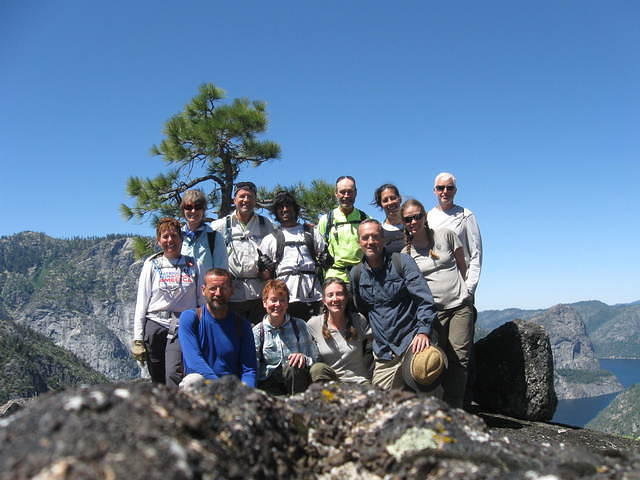Jim German recently sent us this message:
"My friend Rex Gresham died on June 7, 2013. He spent the last 30 of
his almost 92 years working to save the wilderness, and make it a
better place for generations to come. In his numerous service
trips, Rex helped midwife giant sea turtles in Barbados, recorded
ancient Indian fishing weirs in Alaska, improved miles and miles of
hiking trails from California to Maine, chronicled Indian petroglyphs
in the West, and so much more. Most of his service trips were with WV,
and I will always cherish the memories of the two trips we did
together. I will miss his sly smile, the twinkle in his eye when he
talked about his son, Steve, or something beautiful in nature. He will
be in my heart always."
Rex was a wonderful volunteer who did 28 Wilderness Volunteer's projects from 1998 to 2007. His last WV project was in 2007 at Capitol Reef National Park when he was 86.
I first did a project with Rex in Glen Canyon, and also did projects at Organ Pipe National Monument and in the John Muir Wilderness with him. He was a hard worker and a great companion around the camp with a quick wit, and eager to help out however he could. He would loan warm layers to young participants who were cold, and would often out-hike the entire group.

Rex did some beautiful wood work and often picked up pieces of wood on his travels to make frames which would hold pictures of his service projects. He gave me this Kokopelli when passing through town one year.
This is how I'll always remember Rex, with his bucket hat and work clothes. One of the best things about doing Wilderness Volunteers projects is getting to know the people during the week. I'm glad I got to know and work with Rex.
















































